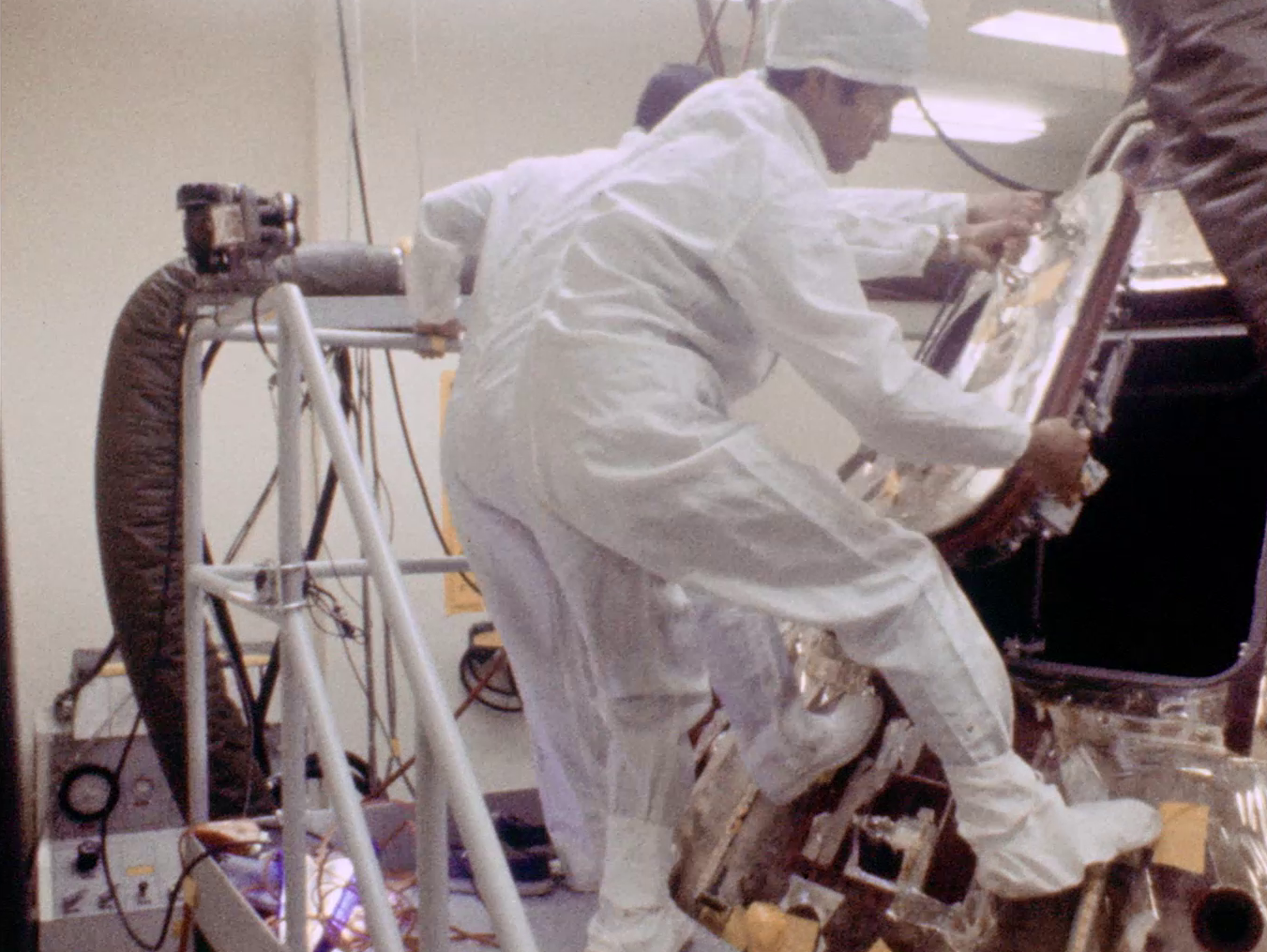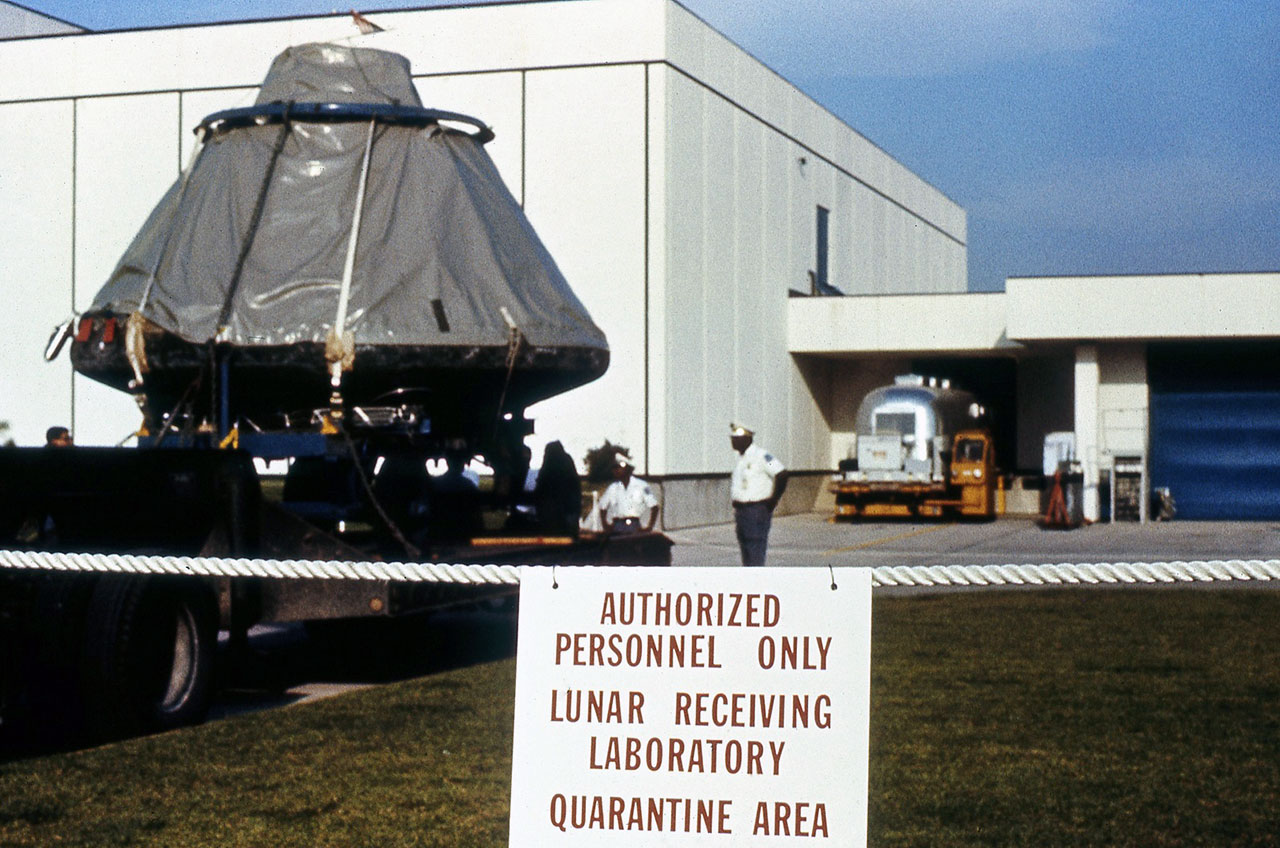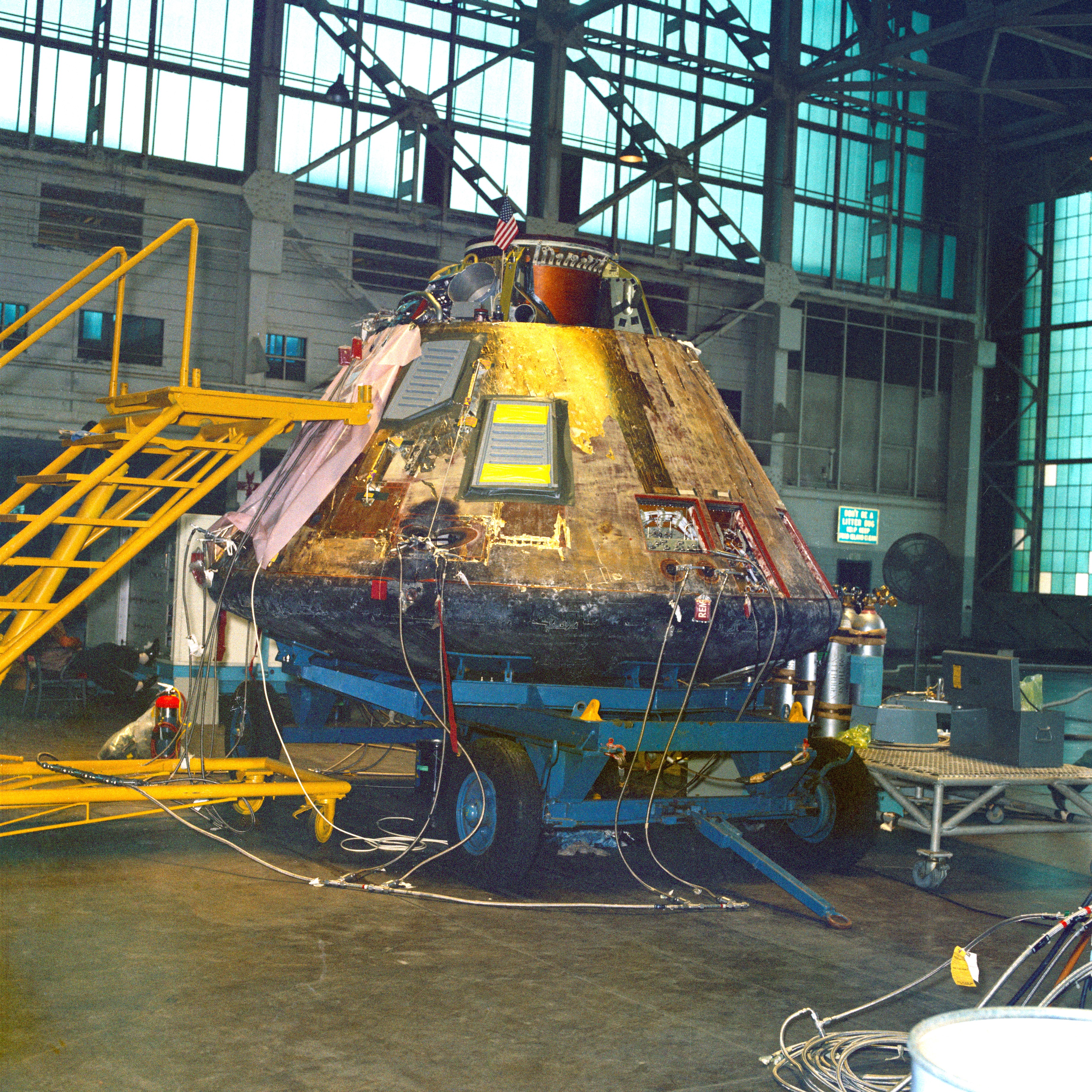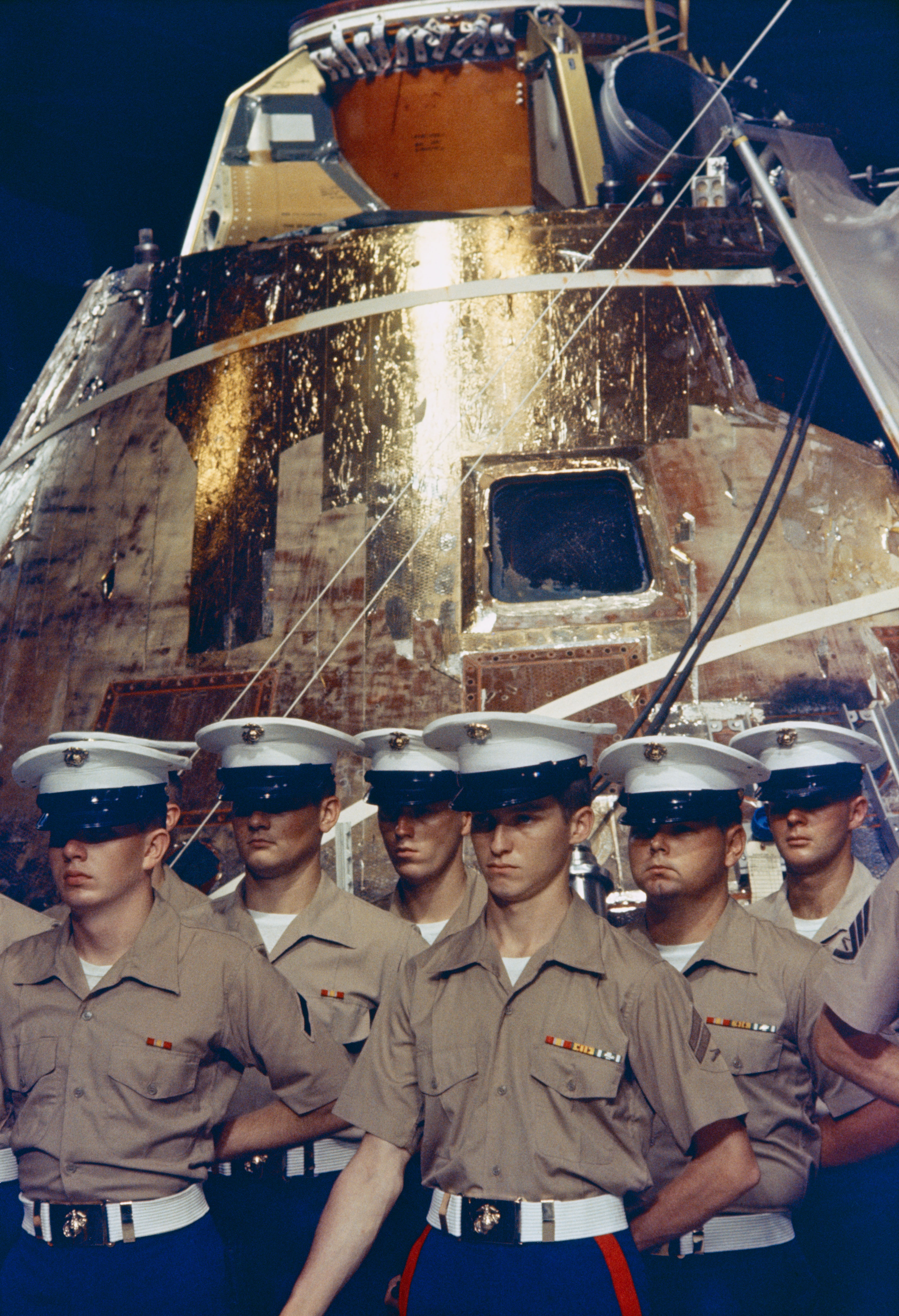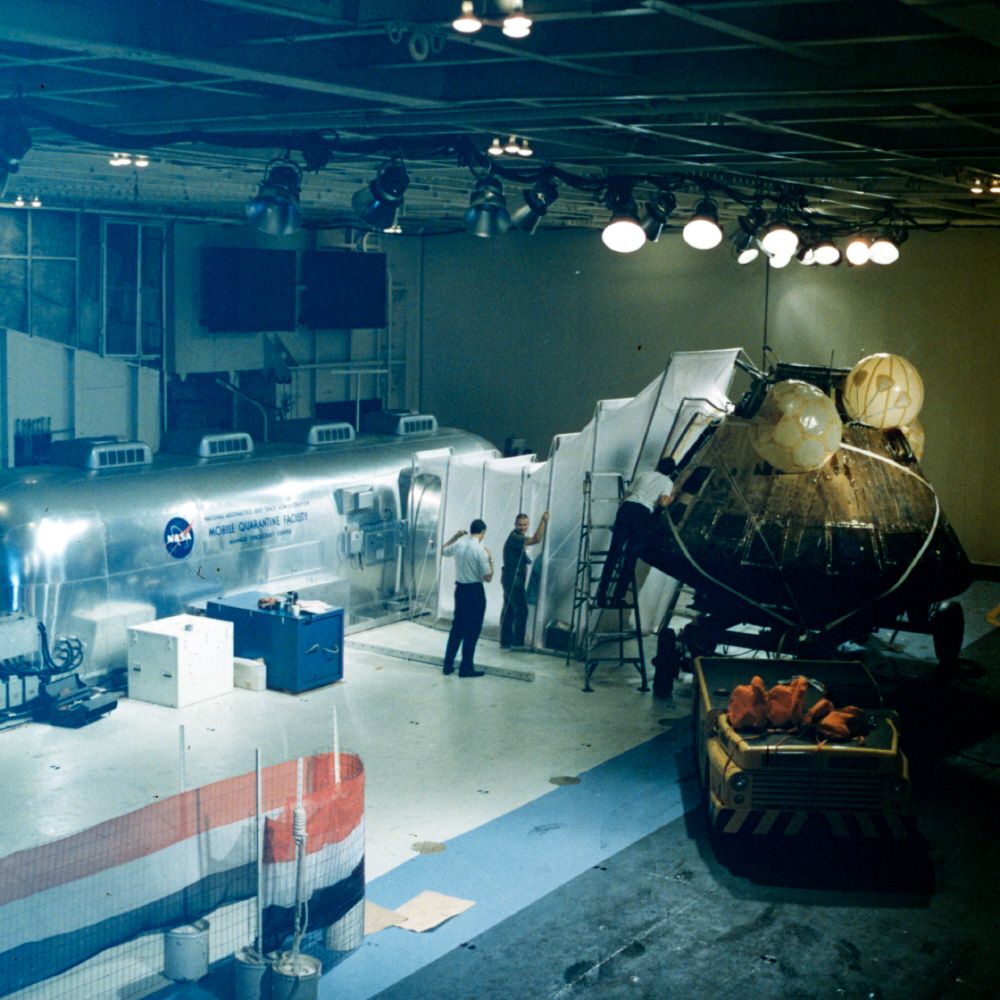
Fifty-five years ago, on July 20, 1969, Neil Armstrong and Edwin 'Buzz' Aldrin made history as the first humans to set foot on the moon. Their mission, Apollo 11, was a significant achievement in space exploration and marked an American victory in the Cold War and subsequent space race. President John F. Kennedy had set a national goal to land a man on the Moon and return him safely to Earth before the end of the decade in May 1961.
As they neared their destination, Armstrong and Aldrin encountered challenges, including fuel warnings and unexpected lunar terrain. With only seconds worth of propellant left in their lunar module Eagle's tank, they had to manually search for a landing spot while Aldrin called out altitude and speed information.
Despite these obstacles, the astronauts successfully landed on the moon's surface at 4:17 p.m. ET on July 20, 1969. Neil Armstrong became the first human to step foot onto the lunar surface six and a half hours later.
The United Nations Postal Administration (UNPA) is commemorating this historic event by issuing six se-tenant postage stamps and three souvenir sheets on July 20, 2024. These stamps feature photos of the moon captured by American, Russian, European, Japanese, Indian, Korean and Chinese spacecraft.
Furthermore, various events are being held to celebrate the 55th anniversary of the Apollo 11 moon landing. Buzz Aldrin is headlining a gala at the San Diego Air and Space Museum. NASA's Kennedy Space Center is holding a moon fest, while Houston's Johnson Space Center is also participating in the celebrations.
NASA aims to send four astronauts around the moon next year as part of its new Artemis program.
